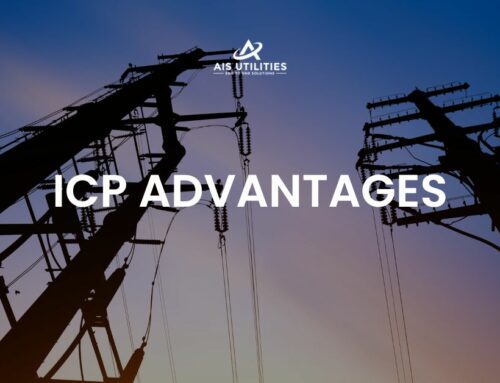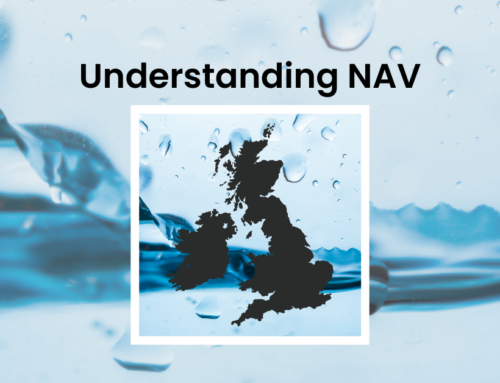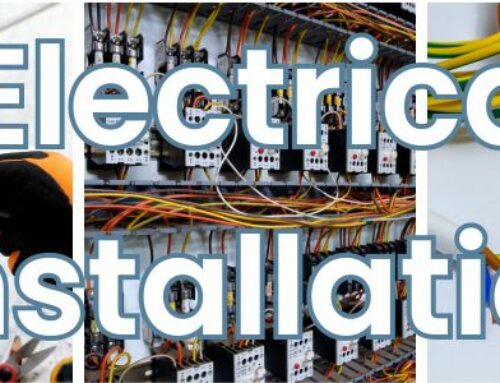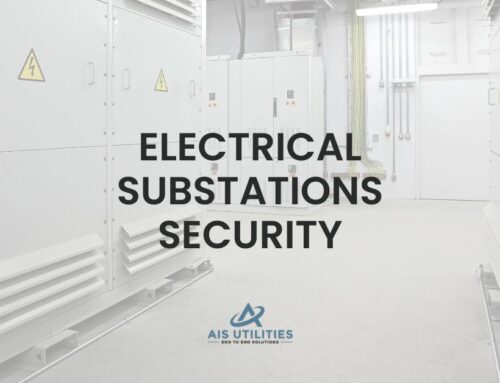The electricity that powers our homes and businesses travels a long journey from generation to consumption. This journey involves two key stages: transmission and distribution. Understanding the difference between these two stages is crucial for grasping how our power systems work.
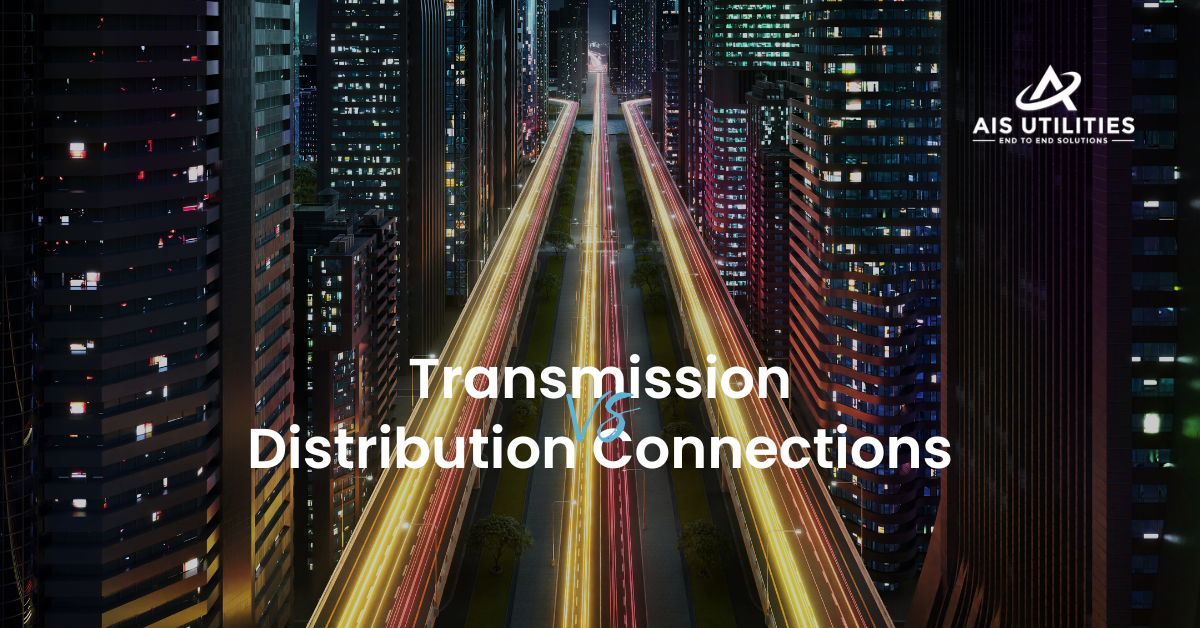
Transmission Connections: The Highways of Electricity
Transmission connections are the superhighways of the electricity world. They are characterized by the large-scale movement of electricity at extra high voltage levels, from the point of generation to substations. These connections involve entities seeking to link with the extra high or high voltage transmission network, boasting connection voltages surpassing 132kV, up to 400kV.
The transmission network serves as the conduit for transporting electricity across the nation, from its generation hubs to its points of consumption. Across England, Wales, and Scotland, three Transmission Owners—National Grid Electricity Transmission, Scottish Power Transmission, and Scottish & Southern Electricity Networks (SSEN) Transmission—are entrusted with managing the national high voltage networks and transmission connections.
Diverse forms of large-scale generation and storage technology, such as wind farms, solar farms, battery storage, tidal power, nuclear- and gas-powered generators, directly connect to high voltage transmission networks. Interconnectors, facilitating the import and export of power between countries or connecting offshore wind farms, are also vital components of the transmission system.
Some users, particularly large industrial consumers, draw power directly from the transmission network. District Network Operators (DNOs) ensure effective operation by connecting their own users and maintaining local lower voltage networks, supplementing their supply by tapping into the transmission network.
Distribution Connections: Delivering Power to the People
Power distribution involves the conversion of high voltage electricity at substations to lower voltages suitable for distribution and utilization. The distribution networks and District Network Operators (DNOs) are central to the distribution of electricity to homes and businesses. Distribution networks operate at connection voltages of 132kV and below.
Independent District Network Operators (IDNOs) manage small, independent networks within existing demand networks controlled by DNOs. These networks, designed for specific purposes, are constructed by Independent Connections Providers (ICPs) under licenses from Ofgem4 and are subject to the same regulations as DNOs.
Embedded generation refers to electrical output entering local networks managed by DNOs rather than the transmission system. These plants help manage local demand and can feed excess power back to the transmission system when required. Embedded generators include a range of assets, from smaller specialized ‘peaking’ plants to larger generators.
For smaller scale industrial and housing developments seeking connection to local networks, the DNO connections process is followed. This process varies in complexity based on the size and nature of the development.
Conclusion: The Role of AIS Utilities in the Power Journey
In the complex journey of electricity from generation to consumption, transmission and distribution connections play pivotal roles. As an Independent Connections Partner, AIS Utilities is a key player in this process.
AIS Utilities provides multi-utility services, bridging the gap between the high voltage transmission networks and the local distribution networks. By constructing and managing independent networks within existing demand networks, AIS Utilities helps ensure that electricity is efficiently and reliably delivered to homes and businesses.
Whether it’s connecting smaller scale industrial and housing developments to local networks or managing the complexities of embedded generation, AIS Utilities plays a crucial role in the power journey. Their work helps manage local demand and can feed excess power back to the transmission system when required.
In conclusion, understanding the difference between transmission and distribution connections is not just about understanding how electricity is delivered from the point of generation to the point of consumption. It’s also about appreciating the vital role that companies like AIS Utilities play in ensuring that this process runs smoothly and efficiently. As we continue to strive for a sustainable and reliable energy future, the work of Independent Connections Partners like AIS Utilities will only become more important.
